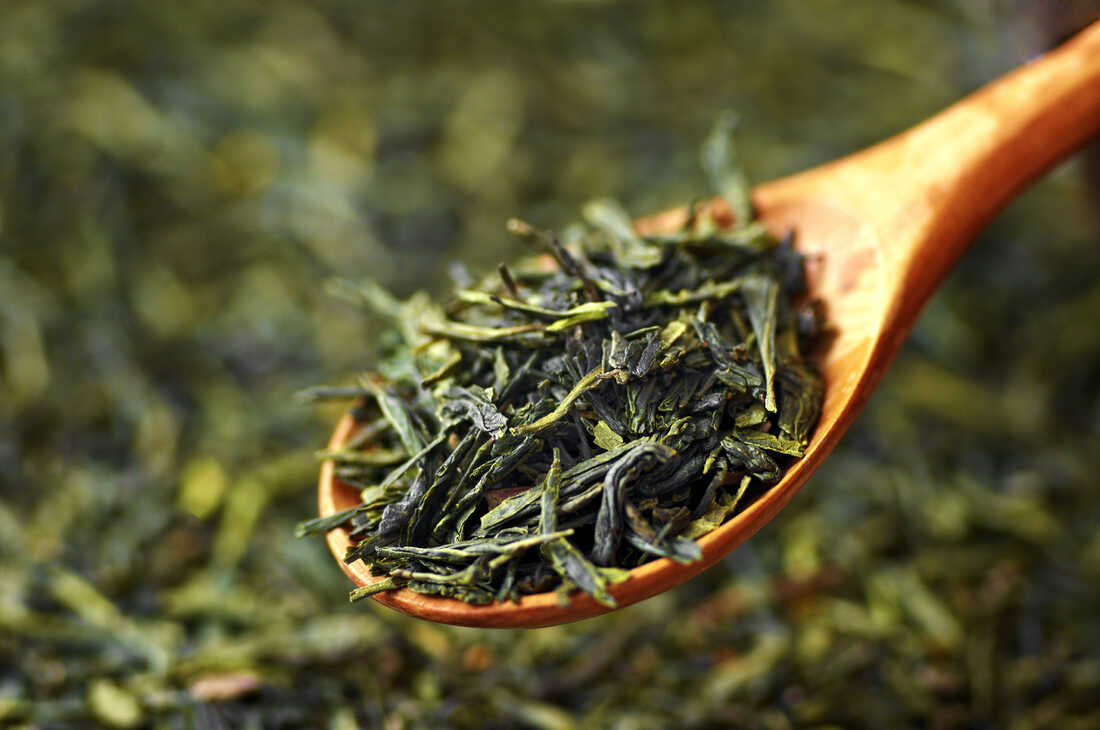Chinese tea leaves, like any other tea leaves, can undergo changes over time, but whether they “expire” depends on the definition of expiration and the type of tea in question. In this comprehensive exploration, we will delve into the factors influencing the shelf life of Chinese tea, the potential changes that occur over time, and how to store and handle tea to optimize its longevity and quality.
1. Understanding Tea Types:
Chinese tea encompasses a wide range of varieties, each with its unique characteristics and processing methods. Broadly, we can categorize Chinese tea into six main types: green tea, black tea, oolong tea, white tea, yellow tea, and dark tea (pu-erh). Each type undergoes distinct processing steps that contribute to its flavor, aroma, and appearance.
2. Shelf Life of Tea:
Tea leaves, when stored properly, generally do not have a strict expiration date. Unlike perishable goods, such as dairy products or fresh produce, tea leaves won’t spoil or become harmful to consume. However, their quality can deteriorate over time, affecting flavor, aroma, and potential health benefits.
3. Factors Influencing Tea Shelf Life:
Several factors impact the longevity and quality of Chinese tea leaves:
- Oxidation: Oxidation is a natural process that occurs when tea leaves are exposed to air. While some teas, like black tea, are intentionally oxidized during processing, others, like green tea, undergo minimal oxidation. The degree of oxidation influences the tea’s susceptibility to staleness.
- Moisture: Tea leaves can absorb moisture from the environment, leading to mold growth and a decline in quality. Excess moisture can also cause tea leaves to lose their flavor and aroma more quickly.
- Light: Exposure to light, especially sunlight, can accelerate the degradation of tea leaves. It’s advisable to store tea in opaque containers to protect it from light.
- Temperature: Extreme temperatures can affect the chemical composition of tea, potentially altering its flavor profile. Storing tea in a cool, dry place is crucial for maintaining its quality.
4. Changes Over Time:
As tea ages, it can undergo various changes that impact its sensory attributes. While these changes don’t necessarily render the tea harmful, they may result in a less enjoyable drinking experience:
- Loss of Aroma: The volatile compounds responsible for the aroma of tea can dissipate over time, leading to a less fragrant cup.
- Staleness: Tea leaves can become stale, losing their vibrant flavors and developing a flat taste.
- Color Changes: The color of tea leaves may fade over time, especially in the case of green and white teas.
- Texture Changes: The texture of tea leaves may change, becoming brittle or powdery.
- Flavor Evolution: In some cases, particularly with certain aged teas like pu-erh, the flavor of the tea may evolve and improve with time.
5. Pu-erh Tea and Aging:
Pu-erh tea is a unique category of Chinese tea known for its post-fermentation process. Unlike other teas, pu-erh is often intentionally aged to enhance its flavor complexity. Properly stored pu-erh tea can continue to evolve and improve over several years, with some collectors aging teas for decades.
6. Storage Tips to Prolong Shelf Life:
To maximize the shelf life of Chinese tea leaves, consider the following storage tips:
- Airtight Containers: Store tea in airtight containers to minimize exposure to air, preventing oxidation.
- Dark Containers: Choose opaque containers to protect tea from light, preserving its color and flavor.
- Cool, Dry Environment: Store tea in a cool, dry place to prevent moisture absorption and flavor degradation.
- Avoid Strong Odors: Tea leaves can absorb surrounding odors. Keep them away from strong-smelling substances to preserve their original aroma.
- Avoid Temperature Fluctuations: Maintain a consistent temperature to prevent the expansion and contraction of tea leaves, which can affect flavor.
7. Testing Tea Quality:
While there isn’t a definitive expiration date for tea, periodic quality assessments can help determine its freshness. Consider the following factors when evaluating tea:
- Aroma: Fresh tea should have a distinct and appealing aroma. Stale or old tea may lack fragrance.
- Color: Examine the color of the dry leaves and the brewed tea. Fading color may indicate aging.
- Flavor: The flavor of tea should be vibrant and reflective of its type. Stale or aged tea may taste flat.
- Texture: Fresh tea leaves should have a supple texture. Brittle or powdery leaves may signify age-related changes.
8. Conclusion:
In summary, Chinese tea leaves do not have a fixed expiration date, but their quality can be influenced by factors such as oxidation, moisture, light, and temperature. Proper storage in airtight, opaque containers in a cool, dry place can help preserve the freshness and flavor of tea over time.
While certain changes may occur with aging, particularly in the case of pu-erh tea, the majority of Chinese teas are best consumed within a reasonable timeframe to enjoy their optimal taste and aroma. Regular quality assessments can guide tea enthusiasts in ensuring a delightful tea-drinking experience.
